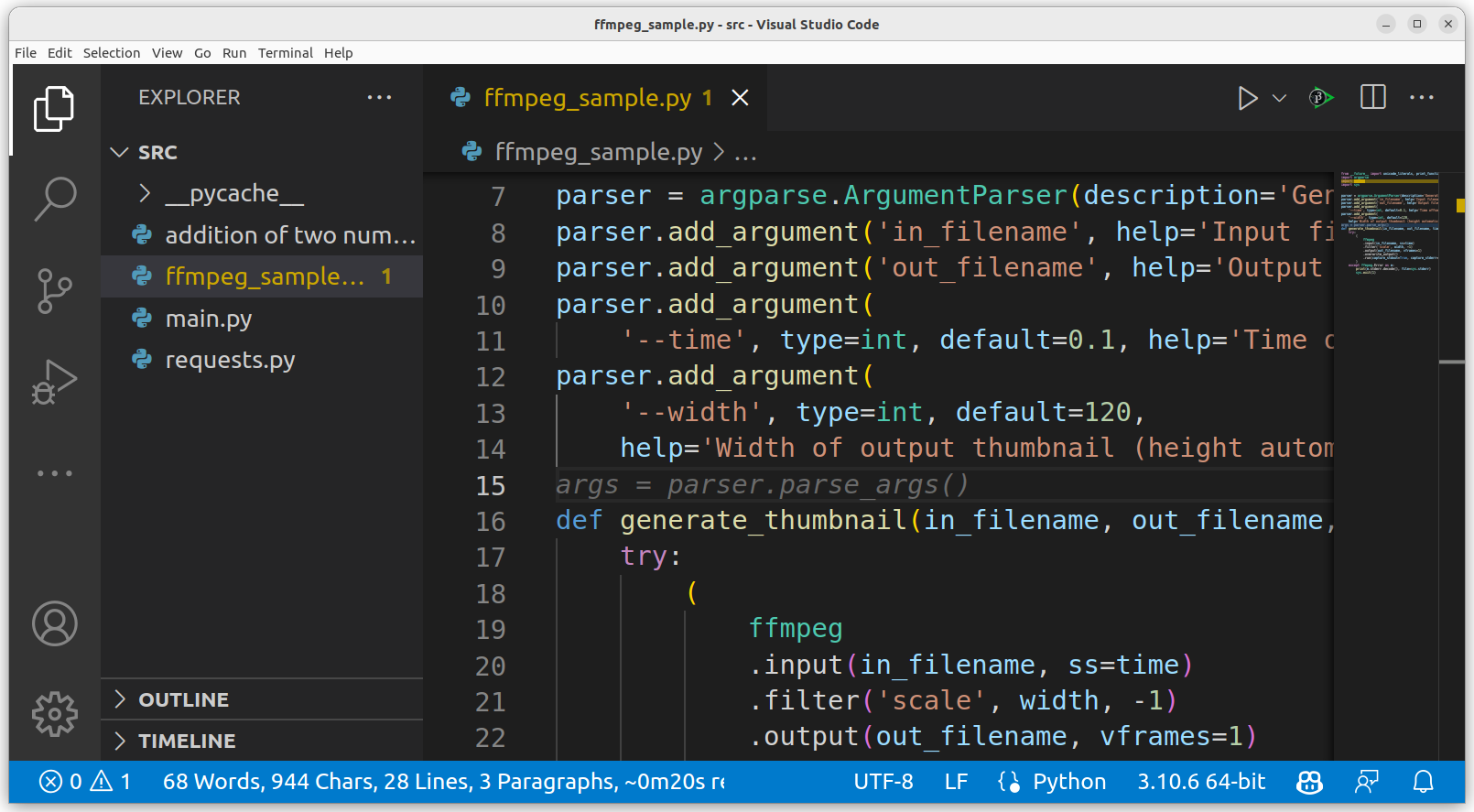From Media Players to Video Editors: The Wide Range of Applications That Use FFmpeg

FFmpeg is a free, open-source software project that includes a wide range of tools for handling multimedia files and streams. It is widely used for format transcoding, basic editings such as trimming and concatenation, video scaling, video post-production effects, and standards compliance.
FFmpeg is a powerful and flexible tool for handling and manipulating multimedia files. It is a command-line utility that can be used to encode, decode, transcode, and stream audio and video files, as well as perform various other tasks related to multimedia handling. FFmpeg supports a wide range of formats, including popular ones such as MP3, MP4, and AVI, as well as many less common ones.
Key Features of FFmpeg
- Support for a wide range of audio and video formats: FFmpeg can handle a large number of audio and video formats, including popular ones like MP3, MP4, and AVI, as well as many others.
- Multiple codecs: FFmpeg supports a wide range of codecs, including popular ones like H.264, HEVC, and VP9, as well as many others.
- Audio and video filtering: FFmpeg includes a wide range of audio and video filters that can be used to apply various effects, such as resizing, cropping, and color correction.
- Transcoding: FFmpeg can be used to convert audio and video files from one format to another.
- Streaming: FFmpeg can be used to stream audio and video files over the internet.
Applications of FFmpeg:
- Video editors: Many video editors, both professional and consumer-grade, use FFmpeg to import and export video files in various formats.
- Media players: Many media players, such as VLC and MPC-HC, use FFmpeg to play a wide range of audio and video formats.
- Streaming platforms: FFmpeg is often used by streaming platforms, such as YouTube and Twitch, to encode and stream audio and video content.
- Video converters: There are many video converter applications that use FFmpeg to transcode video files from one format to another.
- Audio editors: Some audio editors, such as Audacity, use FFmpeg to import and export audio files in various formats.
- Video game engines: Some video game engines, such as Unreal Engine and Unity, use FFmpeg to import and export audio and video assets.
As you can see, FFmpeg is used in a wide range of applications, from consumer-grade media players to professional video editing software. Its versatility and wide range of supported formats make it an essential tool for many tasks related to audio and video handling.
Examples of how FFmpeg is used in each type of application:
Mobile Applications
- FFmpeg can be used in mobile applications to play audio and video files, as well as to transcode and stream audio and video content.
- Some examples of mobile applications that use FFmpeg include media players, video editors, and streaming apps.
Web Applications
- FFmpeg can be used in web applications to encode and stream audio and video content, as well as to transcode files for playback on various devices.
- Some examples of web applications that use FFmpeg include video hosting platforms, live streaming platforms, and online video editors.
Desktop Applications
- FFmpeg can be used in desktop applications to encode and decode audio and video files, as well as to perform various other tasks related to multimedia handling.
- Some examples of desktop applications that use FFmpeg include video editors, media players, and audio editors.
And, finally!
FFmpeg is a powerful and flexible tool for handling and manipulating multimedia files. It is widely used for tasks such as format transcoding, basic editing, video scaling, video post-production effects, and standards compliance. With its wide range of supported formats, codecs, and filters, FFmpeg is an essential tool for anyone working with audio and video files.





